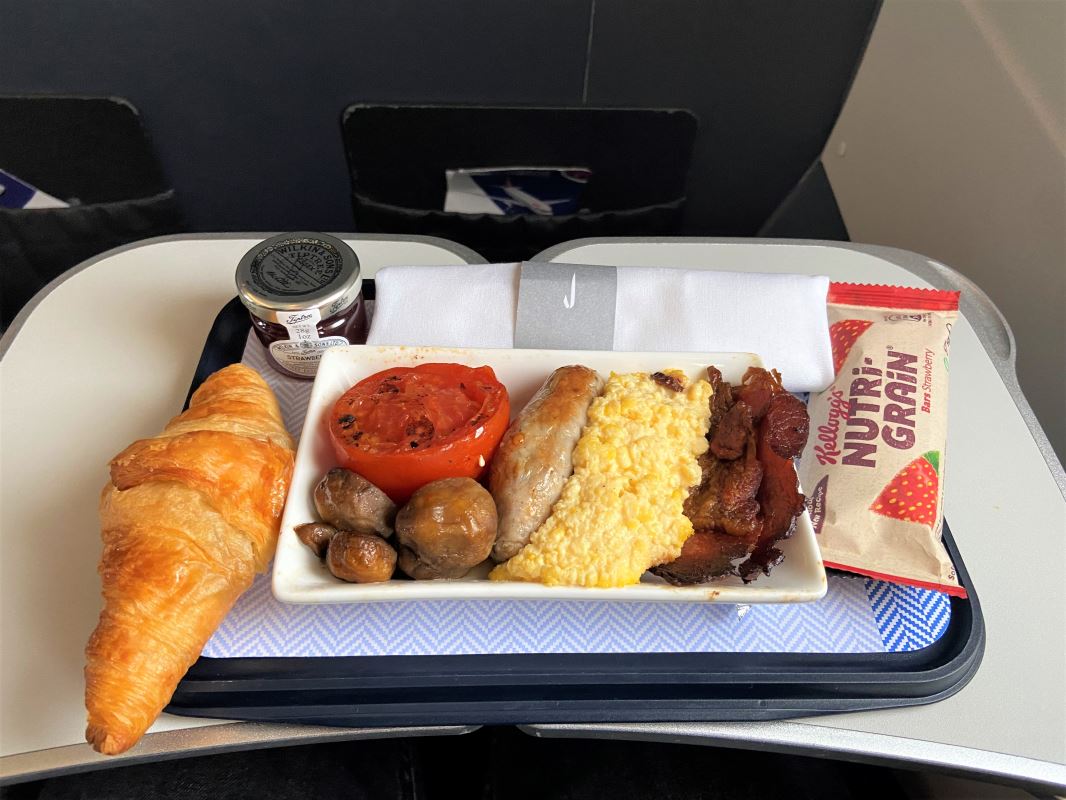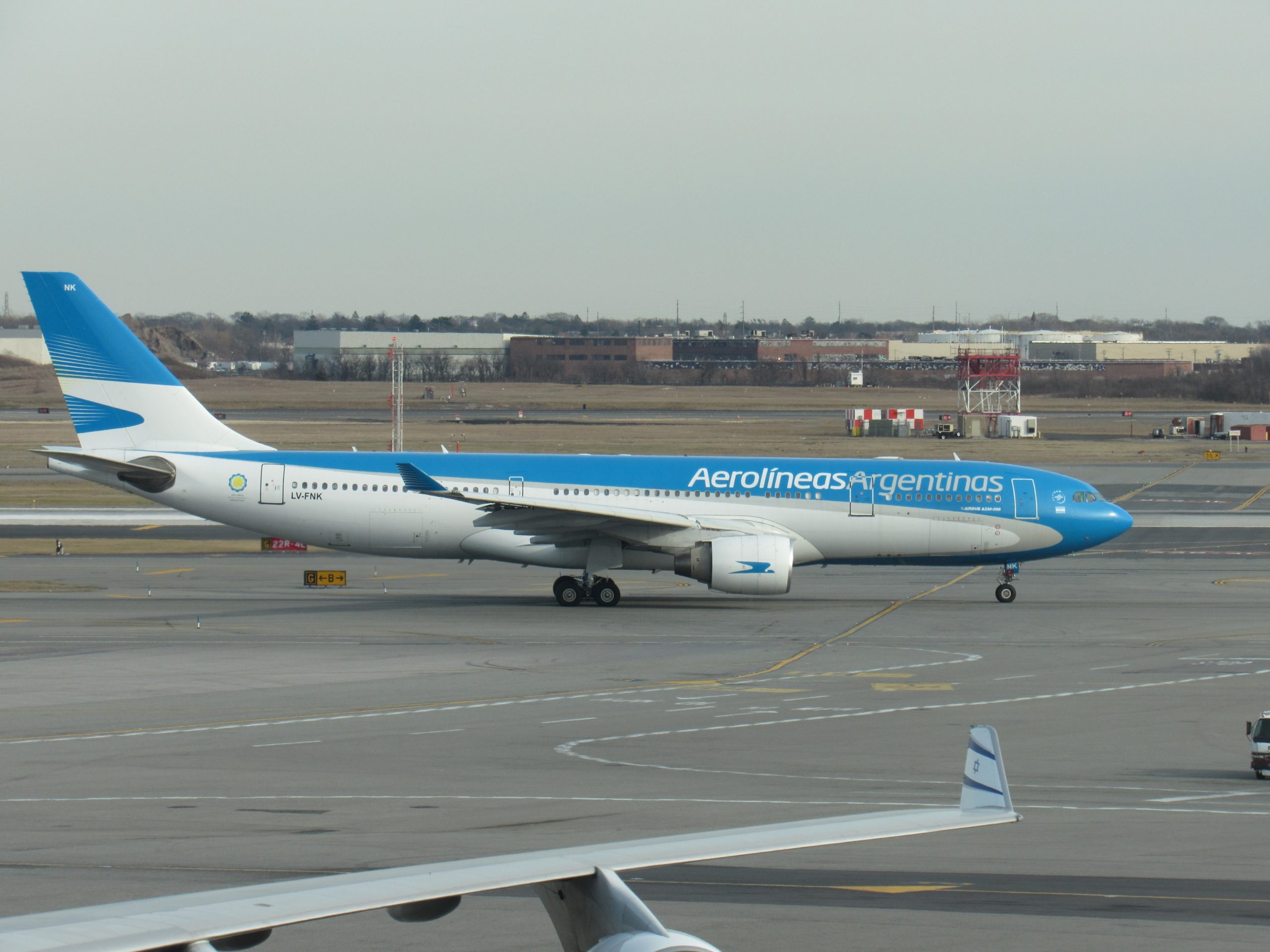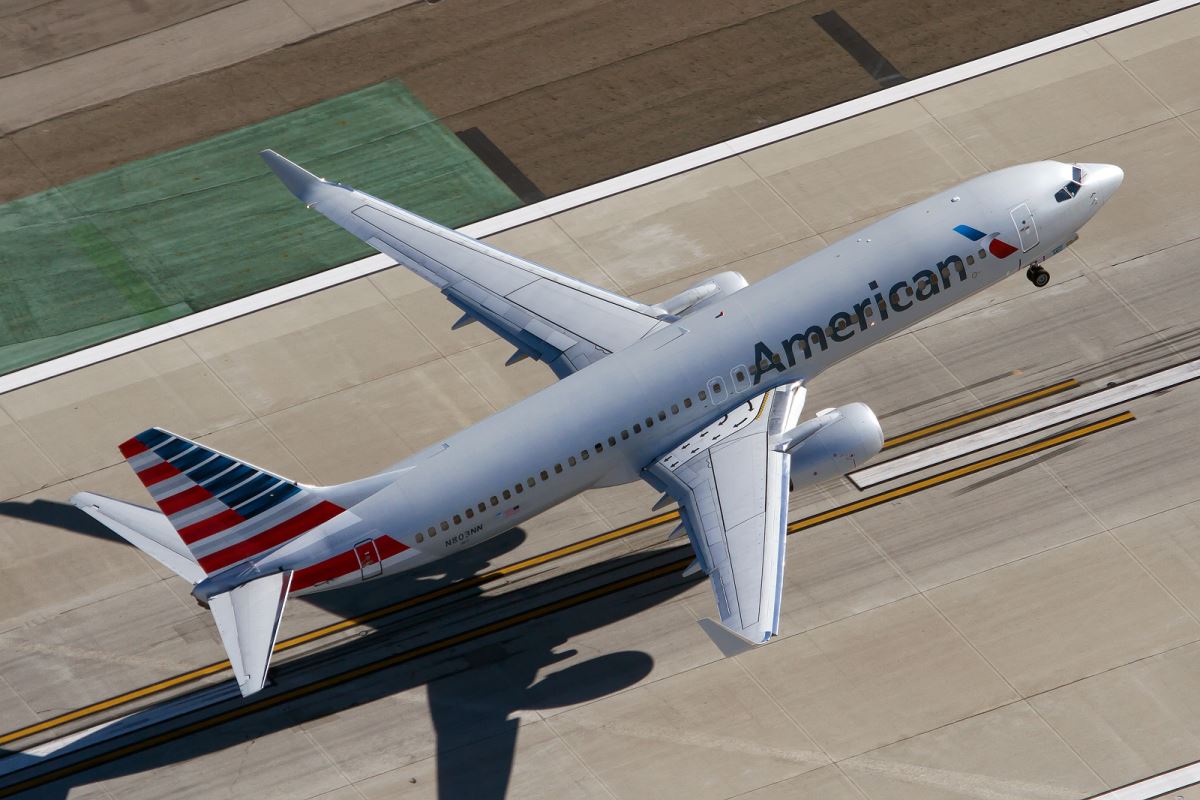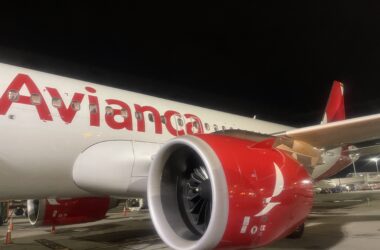Aerolineas Argentinas, Argentina’s flag carrier and largest airline, finds itself in a crossroads: strong potential for growth, constrained due to partnerships and the local economy. Aerolineas, a company with almost 70 years of experience, has weathered through dictatorships, democracy, war, and economic crises. Throughout their history, they have been beaten but remained standing. Currently, a nationalized airline, the carrier has become a symbol for the people of Argentina, much like tango and the Gaucho. The burning question is whether they will be able to carve out a niche in a very competitive market and survive the turbulent economic environment in their home country.
The Context: Argentina and their Economy
Argentina is one of the G-20 largest economies of the world. Much like the rest of the world, they were hit hard by the Great Recession and subsequent economic slowdown from the late 2000s onward. Currently, Argentina has seen its economy contract for the last two years and is expected to contract further this year. The country has found itself in a major debt crisis, with debt representing 97.7% of their GDP. However, the country has a large population and a large number of ex-pats throughout the world.
The country has strong upside potential, being rich in resources and agricultural production. The country also has reserves of petroleum, being self-sufficient and a small exporter of petroleum products. Although there are other promising industries, the country’s economy is strongly influenced by local politics and the global geopolitical situation. For example, due to the country’s historical instability, more deposits are found in overseas accounts owned by Argentinians than those kept in domestic banks. These factors, though influential, are not determinative of the future of Aerolineas Argentinas.
Aerolineas Argentinas: Snapshot of Today
Aerolineas is currently a wholly-owned public company (a.k.a. they are a nationalized entity). The carrier also operates a regional subsidiary, Austral Lineas Aereas, which flies mostly out of Buenos Aires’ domestic airport (known commonly as Aeroparque Jorge Newbery). Between the two carriers and subsidiaries, they employ over 11,000 employees. The airline group has a fleet of 82 aircraft: 56 in the Aerolineas fleet and 26 in the Austral Fleet. Their workhorse regional aircraft are the 737 and the ERJ190. Internationally, they rely on the A330-200. The airline has had some of its growth plans stifled due to the ongoing 737MAX crisis, which has led to some growth deferral. The airline also has two smaller operational bases in Cordoba and Rosario besides their focus center of Buenos Aires. The airline focuses its domestic flights at Aeroparque through Austral, and their international operations out of Ministro Pistarini Airport (also known as Buenos Aires-Ezeiza).
Potential For Growth
Much like the rest of the world, Argentina has seen the rise of low-cost carriers. Some of these carriers have since faded away. Others have been able to thrive, and pose as a strong competitor to the already established carriers in Argentina (Aerolíneas and LATAM Argentina). Although Argentina may be a difficult market for growth, the airline has the potential for growth internally as well as internationally.
Domestic Growth
Domestically, Aerolineas must face a competitive threat from other low-cost carriers. Aerolineas already has the assets to address this issue, however. Through a rebranding of Austral, they could make Austral a low-cost carrier that could compete with others such as JetSmart Argentina. This process would also involve the creation of a distinct regional subsidiary, possibly known as Aerolineas Connect, which would take over some of the ERJ190 and domestic routes. Austral would then grow as a low-cost brand, with fleet uniformity with Aerolineas. Given the 737MAX crisis, the airline could purchase 737-800 in the open market, likely receiving good deals for the used airframes. Aerolineas Connect would take up most of the ERJ190 fleet, and Aerolineas Connect would take over some of the Austral routes.
International Growth
The potential for growth internationally is greater, but it involves much more substantial risks and investments. For Aerolineas directly, they should embark on a fleet modernization/expansion plan. The airline currently flies 10 A330-200 with angled flat seats. They are not competitive in a market where most airlines offer lie-flat seats, with some offering direct aisle access. Although this would require a large investment, the potential upside can be justified. The airline should also plan international routes and capacity expansion. Through ordering new or used A330s, the airline can expand their international presence. Adding flights to markets that are underserved, such as within South America, North America and parts of Europe, could lead to higher load factors as well as increased brand recognition. The airline should also increase its regional fleet by adding 737s from the used market in order to reaccelerate regional growth while the MAX crisis continues. These airframes could then be transferred to Austral for their LCC operations.
Another potential growth area is through neighboring countries. Assuming that regional politics would be friendly, Aerolineas could create smaller hubs in Paraguay and Uruguay through their own excess capacity or affiliates. These regional affiliates/hubs would feed into Aerolineas long haul flights in Buenos Aires.
Finally, Aerolineas could reconsider their current international affiliation. The airline is currently a member of SkyTeam. That alliance’s primary US partner is Delta, which recently purchased a stake in competitor LATAM Group. This leaves Aerolineas in a difficult spot: continue with a very weakened partnership with Delta (which has said they do not value SkyTeam), or should they abandon the alliance altogether and focus on their own agreements and arrangements? Personally, I value the latter. Aerolineas could partner with another US carrier, such as American or United Airlines. In Europe, they could continue to codeshare with some carriers, such as Air France/KLM, and they could add new partners, such as Iberia/British Airways. This would increase Aerolineas’ ability to bring in tourists from Europe and expand their codeshare connectivity beyond just Madrid, a major international gateway. Finally, they could codeshare with either Emirates and Etihad for global connections from EZE to Doha or Dubai. Within South America, they can continue partner with GOL and add other partners, such as Copa Airlines.

Conclusion
Aerolineas Argentinas is a storied carrier from one of South America’s largest economies. Although they face a tough future, their ability to weather through crises has been tested in the past and they have survived. The current government of Argentina should not turn a blind eye to one of their most valuable national symbols. Careful consideration of future possible endeavors could lead to Aerolineas having a very bright future. Their membership in SkyTeam might not be sufficiently beneficial to justify membership dues. The world is moving towards valuing more joint ventures and playing the field as opposed to strict alliances. I am certain other carriers, such as American, Emirates, and Iberia would love to have a partnership with Aerolineas.
Here is a list of all my flight reviews: The Millennial Traveler Flight Reviews
Here is a list of all my lounge reviews: The Millennial Traveler Lounge Reviews
If you want to stay up to date with the latest airline news follow me on Twitter, Facebook or LinkedIn!
Also follow Travel Update and Boarding Area on Twitter!












Is this someone’s high school term paper?